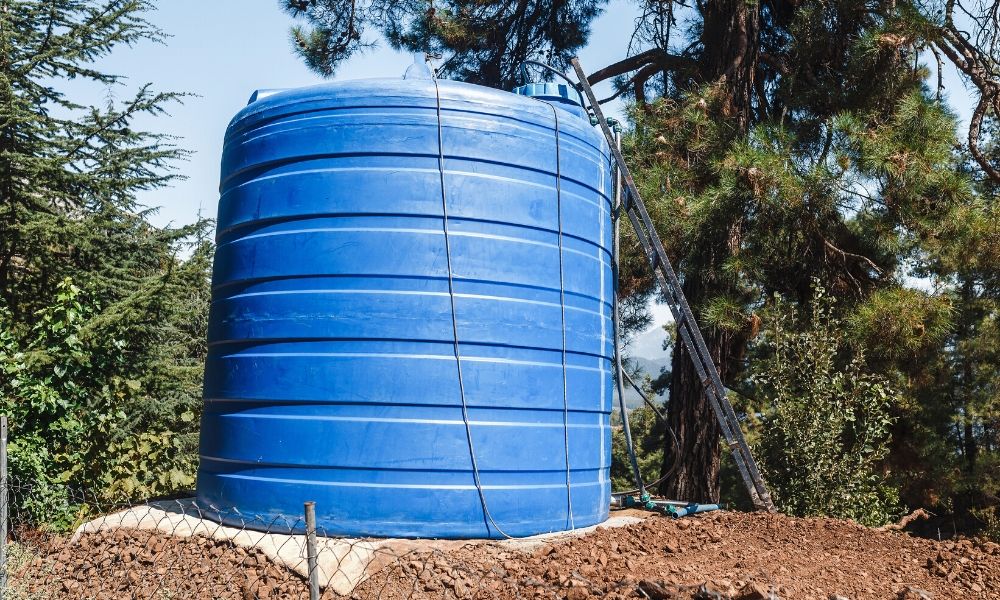Installing an industrial tank liner is one of the best ways to extend the lifespan of your water tank or cistern. The installation process is generally quite straightforward. As tank liners are designed to fit the exact dimensions of a tank, however, one small miscalculation could throw off the fit of the entire liner. Contacting a tank lining company is the best way to ensure that your tank liner is installed correctly, but handy DIYers can also install a tank liner themselves. If you’ve elected to take the DIY approach, be sure to first consult the following tips for tank liner installation. They will ensure that your tank’s liner gets fitted and installed accurately.
Start with a clean slate
The most important tip for tank liner installation is to start with a clean slate. Properly preparing your water tank in advance of the installation will ensure that the entire process goes as smoothly as possible. Begin by draining and cleaning your entire tank thoroughly. Depending on the size of your water tank, this can be a rather large undertaking. Clear away larger detritus and then clean the walls and basin to remove smaller debris particles. Even small amounts of dirt can lead to improper liner installation and may cause a looser seal between the liner and the tank walls. You should also prepare any inlet, outlet, or overflow pipes prior to installing the tank liner. If these pipes are old or appear damaged in any way, it’s in your best interest to replace them with newer ones. This will help keep the seal between the tank and the liner as tight as possible.
Work from the bottom up
As we’ve stated, tank liners are custom-fitted to match the exact dimensions of a specific tank. That means the margin for error is quite small. In order to avoid any miscalculations, it’s in your best interest to install the liner from the bottom up. When you work from the top down, you run the risk of corners and seams not matching up exactly, which will cause the seal to be slightly looser. Starting from the bottom and working your way up, however, allows you to see exactly where corners and seams will lie, allowing you to adjust as needed before you secure the liner into place. Trying to make adjustments when going from the top down is much more difficult.
Don’t mishandle the liner
While industrial tank liners are rather durable and quite resistant to wear and tear, it’s still best to perform an industrial tank liner installation with as much care as possible. To properly put in the liner, you will need to enter the tank and walk on the liner in order to exert the pressure needed to seal it down. Do not wear shoes that could scuff or tear the tank liner, and be sure that your shoes are free of dirt and debris before entering the tank. Consider fitting plastic coverings over your shoes for an added layer of protection. If you are using a ladder to enter and exit the tank, be sure to first cover the feet of the ladder with padding as well. The sharp corners of a ladder can easily cause tears in the tank lining.

Recent Comments